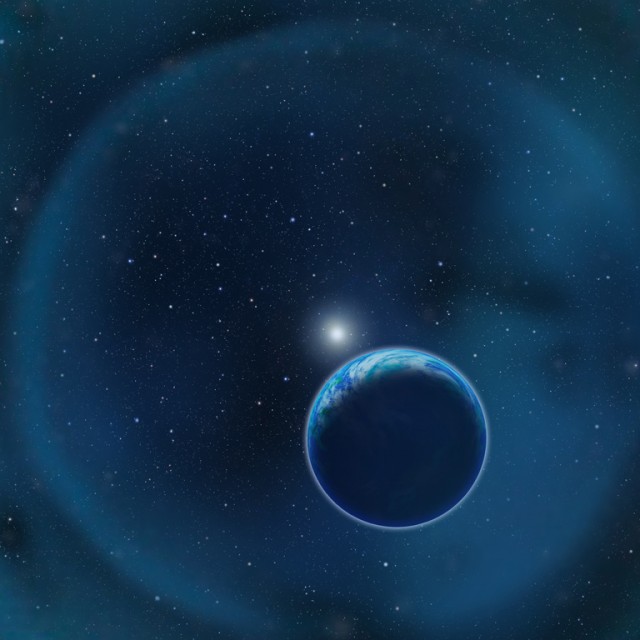Looking for life may be easier near dead stars
Ars Technica » Scientific Method 2013-02-28

When looking for the signatures of life outside the Solar System, we're hampered by a number of problems. Earth is the only place in the Universe where we know life exists, so our current best hope of success lies in looking for Earthlike worlds. However, Earth is a relatively small planet, and it's inherently difficult to locate similarly sized worlds orbiting at ideal distances from their host stars. Even if we find such a planet, we have an additional challenge: determining its atmospheric composition to see if its compatible with life as we know it.
One way possible resolution: look for exoplanets orbiting white dwarfs, the remnants of stars like our Sun. The advantages of these systems would be manifold: a white dwarf is much smaller than a star, so if a planet passes between it and us, far more light is blocked. And Avi Loeb and Dan Maoz proposed that at least some signs of life might have survived the deaths of these stars. The light emitted by the white dwarf could highlight any oxygen in the exoplanet's atmosphere, which would be seen as a strong hint of life.
Individual living organisms, or even massive populations like forests and cities, will remain too small to see for the foreseeable future. However, life as we know it leaves chemical evidence. The signatures of some of these chemicals, like chlorophyll (used by plants and some bacteria in photosynthesis), are obvious; others, like methane, can be either biological or non-biological in origin.
Read 10 remaining paragraphs | Comments